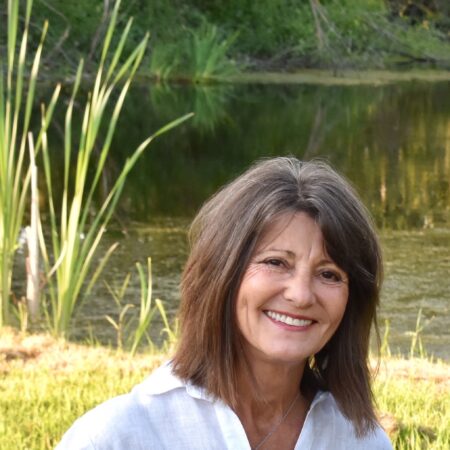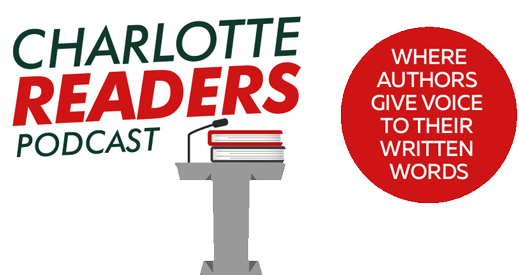You Can Edit Like a Musician
Writer: Cheryl Grey Bostrom
It’s true. You can edit like a musician, even if you aren’t one.
True for me, at least. Oh, I took lessons, all right: piano and violin, guitar and voice. Though each new effort fueled my musical family’s hopes that I’d join their melodic fold, I missed the cut every time.
No surprise. Much as I like music, the neuronal growth that could have turned my clumsy fingers into competent ones on strings or keys required practice. As a squirmy kid, I balked, then flat-out refused those stifling rehearsal hours, never loving my instruments enough to persist all the way to beautiful. Before I reached mastery, I quit. Every time.
I wanted to scale cliffs, not clefs—to play my imagination, not a keyboard.
Decades later, my untouched violin hangs on a wall so its wood can still breathe. Our daughter has my piano at her home in a distant state. I play the harmonica I keep in a jacket pocket only when I release our dogs to run, and I sing only to babies. By the standards of most, I am no musician.
But now that stories are my songs, my love for the instrument of words keeps me engaged in painstaking rehearsals I call musical editing. Though the practice requires multiple passes over my prose, all that repetition has developed my editorial senses—and my finished products are better.
If words are your cello, too, read on. This practice might make your work sing.
Though I can’t keep my tongue from rolling phrases as I write, my musical editing begins in earnest after I’ve composed my manuscript, and after I’ve honed the usuals—all those components of craft that fill chapters of writing manuals.
After—because in this sort of editing, I’m hunting out-of-tune nuances hiding out in the finished narrative’s timbre.
How do I proceed? Musical editing is a simple, intuitive process, in which I listen to my piece repeatedly over the course of several days, giving ear to the pitch. And since the speed of narration, ambient sounds, chosen narrator, and even font size by which I read along can affect my perception and accuracy, I also listen via several formats.
If this sounds as tedious as playing scales until your fingers ache . . . well, it can be.
When the pain’s bad, I take an aspirin and press on. The discomfort’s worth the hours it takes to polish a score.
I’m talking many, many hours. If you decide to try this, give yourself a week, at minimum. You’ll need to take breaks. To clear your auditory palate and recapture concentration, I recommend a day between passes, at least. If you give yourself that space, each time you return to your work, musical editing will expose wayward notes in your story’s rhythm, tension, voice, tempo, emotion, and more. For me, needed edits erupt in every pass. I tune until they don’t.
Here are ways I musically edit, in no order of preference. Sometimes I use them all, sometimes only a few. Regardless, whenever I hear something off-key, I pause, correct, and listen again until everything resonates. Each of these approaches shows me something new.
- I read the story—aloud—to myself:
- from my computer
- from my e-reader (in varied font sizes), and
- from a print copy.
- I listen as my computer reads me the story:
- at normal speed with my eyes closed, and
- at 1.5 times normal speed, as I read along
- in masculine and/or feminine voices, with accents and without.
- I vary the ambience, listening
- in silence, and then
- with music playing in the background. Though my song selections range across genres, they always invite more of my brain to the editing process than the one my logical inner critic inhabits. I vary the volume, too— experimenting. When I find sweet spots, my ability to snag errant phrasings sharpens.
Want even more ways to musically edit? Listen indoors or outdoors. Standing or lying down. To a loud friend reading to you over coffee. Or to a whispering one.
Meanwhile, I’ll wear headphones for my own pass number five. The story’s starting to hum.
About the Writer
 Author Cheryl Grey Bostrom writes vivid, surprising prose that reflects her keen interest in nature and human behavior. Her novel Sugar Birds has won more than a dozen awards—including American Fiction, Nautilus, Reader’s Favorite, International Fiction, and ACFW Carol Awards, as well as Christianity Today’s Fiction Award of Merit and Christy finalist honors. An avid photographer, she and her veterinarian husband live in the Pacific Northwest, near the settings for Sugar Birds and its sequel Leaning on Air, which early readers have called “a masterpiece” and “a reader’s dream.” Leaning on Air will release in May 2024, from Tyndale Fiction.
Author Cheryl Grey Bostrom writes vivid, surprising prose that reflects her keen interest in nature and human behavior. Her novel Sugar Birds has won more than a dozen awards—including American Fiction, Nautilus, Reader’s Favorite, International Fiction, and ACFW Carol Awards, as well as Christianity Today’s Fiction Award of Merit and Christy finalist honors. An avid photographer, she and her veterinarian husband live in the Pacific Northwest, near the settings for Sugar Birds and its sequel Leaning on Air, which early readers have called “a masterpiece” and “a reader’s dream.” Leaning on Air will release in May 2024, from Tyndale Fiction.
Website: cherylbostrom.com
